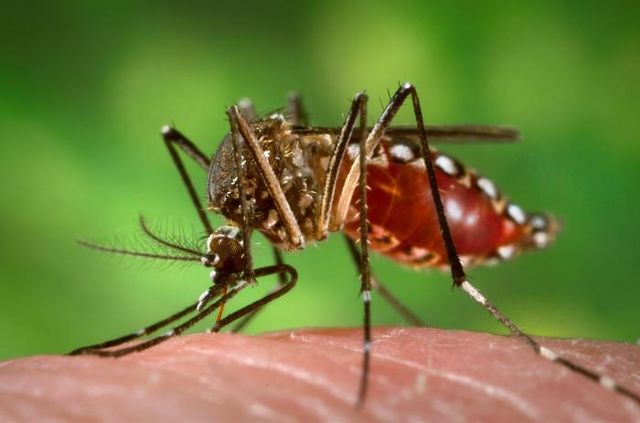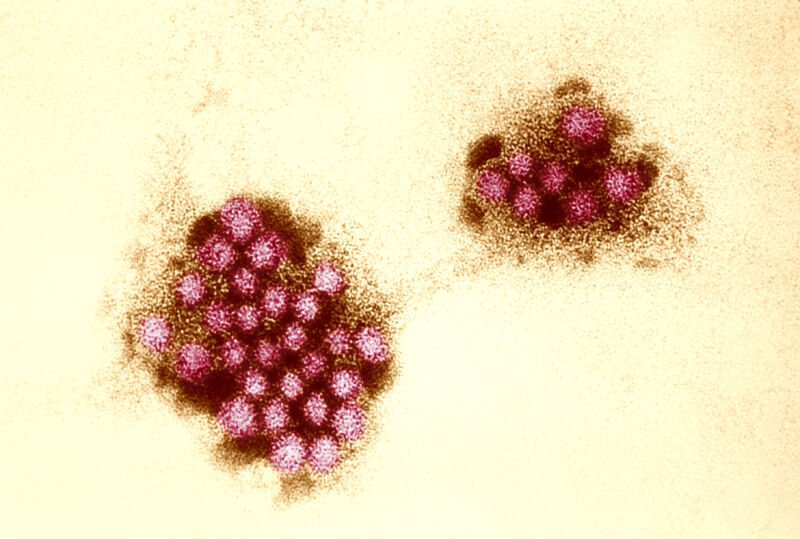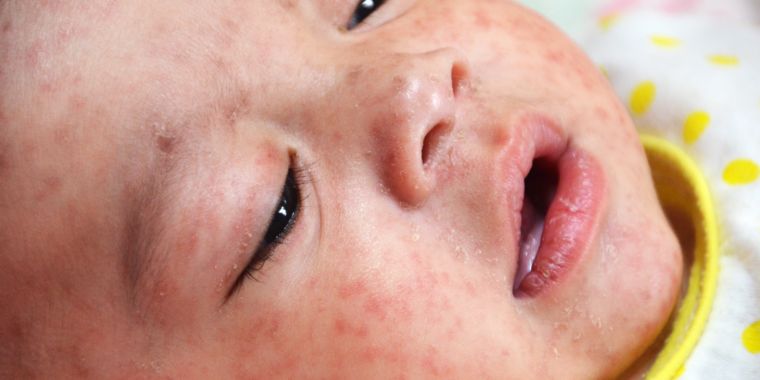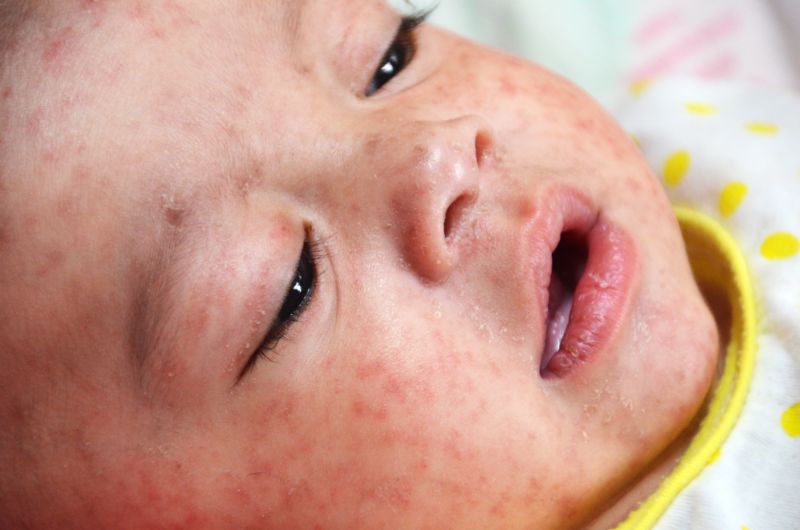It could soon be illegal to publicly wear a mask for health reasons in NC
Freedumb —
Senators skeptical of legal trouble for harmless masking after moving to make it illegal.

The North Carolina State Senate on Wednesday voted 30–15, along party lines, in favor of a Republican bill that would make it illegal for people in the state to wear a mask in public for health reasons. The bill is now moving to the House, where it could potentially see changes.
The proposed ban on health-based masking is part of a larger bill otherwise aimed at increasing penalties for people wearing masks to conceal their identity while committing a crime or impeding traffic. The bill was largely spurred by recent protests on university and college campuses across the country, including North Carolina-based schools, against the war in Gaza. In recent months, there have been demonstrations in Raleigh and Durham that have blocked roadways, as well as clashes on the nearby campus of the University of North Carolina at Chapel Hill. Some demonstrators were seen wearing masks in those events.
But the bill, House Bill 237, goes a step further by making it illegal to wear a mask in public for health and safety reasons, either to protect the wearer, those around them, or both. Specifically, the bill repeals a 2020 legal exemption enacted amid the COVID-19 pandemic, which allowed for public health-based masking for the first time in decades.
Prior to 2020, laws dating back to 1953 largely prohibited public masking. The prohibition was part of a crackdown on “secret societies” at the time, or more specifically, an attempt to curtail the activities of the Ku Klux Clan in the state. Exemptions only existed for things like holiday costumes, theater productions, gas masks, and members of public parades or ceremonies that had obtained permits.
On Wednesday, North Carolina residents with compromised immune systems spoke—while masked—during a public comment section. Simone Hetherington told lawmakers that masking was the only way to protect herself in public from illness and feared passage of the bill would prevent her from doing so, according to reporting by the Associated Press.
But, according to The News & Observer, Republicans were dismissive of that possibility, arguing that in the decades prior to the pandemic, when public masking was largely illegal, they couldn’t recall anyone being prosecuted for wearing a mask for health reasons.
Raleigh-based news outlet WRAL quoted Sen. Sydney Batch, a Democrat from Wake, who criticized the bill along with fellow Democratic colleagues. Batch, a cancer survivor, spoke of how her husband and children wore masks to protect her while she underwent cancer treatments that weakened her immune system. “This bill criminalizes their behavior and mine,” she said. “We talk a lot about freedoms in this chamber. I hear it all the time. I should have the freedom—my children and my husband should have the freedom—to wear masks in order to protect and save my life, without fear of being arrested and charged.”
It could soon be illegal to publicly wear a mask for health reasons in NC Read More »


















